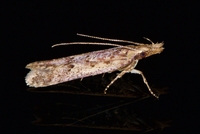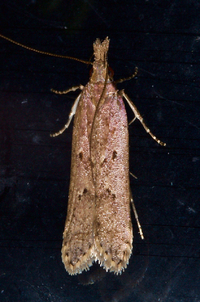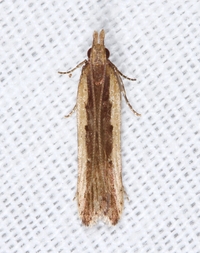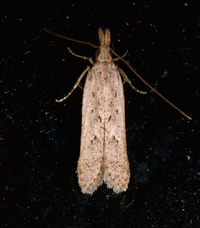
| Recorded by: Jim Petranka on 2025-11-08
Madison Co.
Comment: | 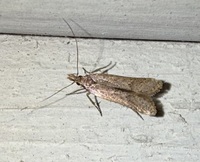
| Recorded by: Nora Murdock on 2025-11-05
Henderson Co.
Comment: |
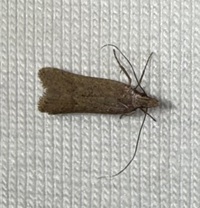
| Recorded by: Nora Murdock on 2025-11-05
Henderson Co.
Comment: | 
| Recorded by: Jim Petranka on 2025-11-05
Madison Co.
Comment: |

| Recorded by: Lior S. Carlson, Dean Furbish, John F. Jarvis, S. L. Reeves on 2025-11-05
Orange Co.
Comment: | 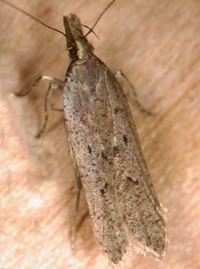
| Recorded by: Jim Petranka, Becky Elkin, Marilyn Westphal, Nora Murdock on 2025-08-25
Henderson Co.
Comment: |
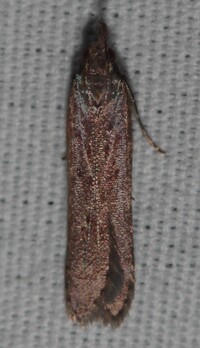
| Recorded by: David George, Dale Morgan, Patrick Coin, Julie Tuttle, Becky Watkins, et al. on 2025-07-26
Orange Co.
Comment: | 
| Recorded by: David George, Jeff Niznik, Brian Bockhahn, Jim Petranka, John Petranka, Becky Elkin on 2025-05-09
Cumberland Co.
Comment: |
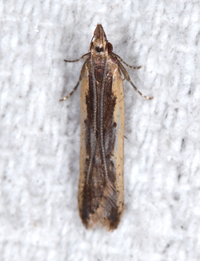
| Recorded by: Jim Petranka on 2025-05-01
Madison Co.
Comment: | 
| Recorded by: Dean Furbish and Joy Wiggins on 2025-04-27
Pender Co.
Comment: |

| Recorded by: Jim Petranka on 2025-04-19
Madison Co.
Comment: | 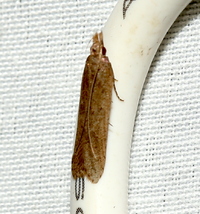
| Recorded by: David George, Jeff Niznik on 2025-04-05
Chatham Co.
Comment: |

| Recorded by: Jim Petranka on 2025-04-04
Madison Co.
Comment: | 
| Recorded by: John Petranka on 2025-03-29
Orange Co.
Comment: |

| Recorded by: David George, Jeff Niznik, Rich Teper on 2025-03-28
Chatham Co.
Comment: | 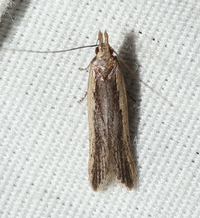
| Recorded by: David George, Steve Hall on 2025-03-15
Chatham Co.
Comment: |

| Recorded by: Lior S. Carlson, Dean Furbish on 2025-02-25
Orange Co.
Comment: | 
| Recorded by: Lior S. Carlson, Dean Furbish on 2025-02-25
Orange Co.
Comment: |
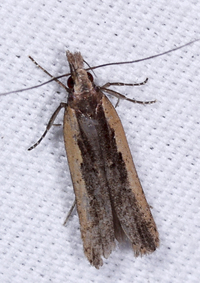
| Recorded by: John Petranka on 2024-12-18
Orange Co.
Comment: | 
| Recorded by: John Petranka on 2024-12-17
Orange Co.
Comment: |
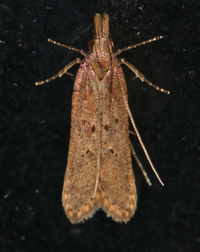
| Recorded by: Jim Petranka on 2024-11-25
Madison Co.
Comment: | 
| Recorded by: Jim Petranka on 2024-11-18
Madison Co.
Comment: |
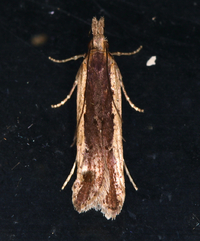
| Recorded by: Jim Petranka on 2024-11-07
Madison Co.
Comment: | 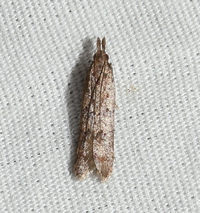
| Recorded by: David George on 2024-11-01
Durham Co.
Comment: |
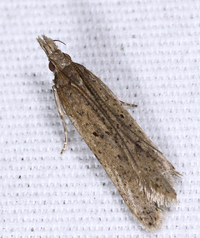
| Recorded by: John Petranka on 2024-10-31
Orange Co.
Comment: | 
| Recorded by: John Petranka on 2024-10-30
Orange Co.
Comment: |
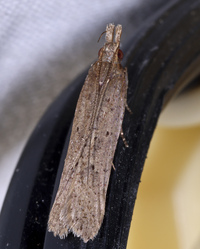
| Recorded by: John Petranka on 2024-10-24
Orange Co.
Comment: | 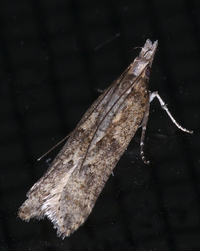
| Recorded by: John Petranka on 2024-10-22
Wayne Co.
Comment: |

| Recorded by: John Petranka on 2024-10-06
Orange Co.
Comment: | 
| Recorded by: John Petranka on 2024-09-22
Orange Co.
Comment: |
|

 »
»
